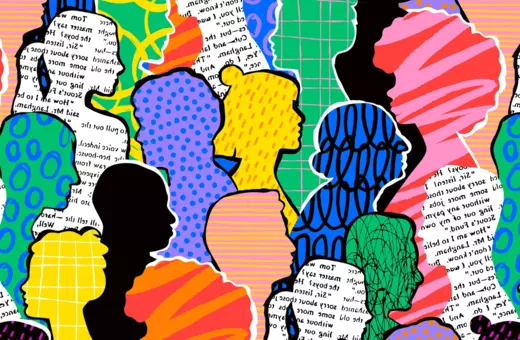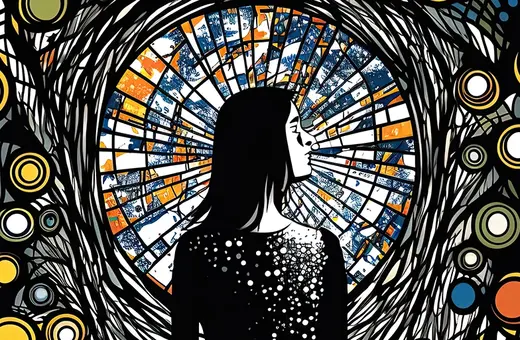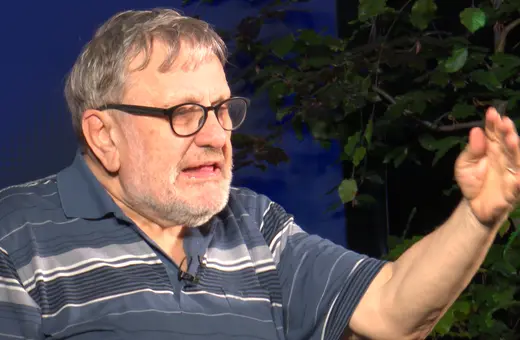Apparently a “vibe shift” is about to take place. Both fashion and culture attitudes are about to change, as they always eventually do. The question is, how do we know when it’s about to happen – can we really predict fashion changes and cultural shifts? Stefano Marino and Gustavo Marfia argue that AI might soon be able to help us do exactly that. But used the wrong way, AI may also stifle creativity.
A recent article published on the journal The Cut claims in a quite emphatic way that “A Vibe Shift Is Coming”, and then thought-provokingly and almost dramatically asks: “Will any of us survive it?”. The article defines a vibe shift as “the catchy but sort of too-cool term”, coined by a trend-forecasting consultancy called 8Ball, that is used to express “a relatively simple idea: In the culture, sometimes things change, and a once-dominant social wavelength starts to feel dated”.
After describing in a careful but also funny way three recent vibe shifts, the author hints at a stimulating idea: namely, “the prediction that we [are] on the cusp of a new vibe shift”. What is stimulating in this claim, not only for people interested in fashion but also for academic researchers and University professors of Philosophy and Computer Science (like us), is summarized by the simple word “prediction”. Ever since the ancient Greeks, Western thinkers have always been interested in the investigation of the essence of things (the answer to the traditional philosophical question: “What is X?”) and in the search for the causes, the reasons and the principles that underlie certain changes, not only for the sake of pure knowledge, but also for the need to predict, and prepare for, changes in both the natural and the social world.
Although fashion had been almost (though not entirely) ignored by philosophers in previous centuries, in recent times several important philosophical contributions have enriched the broad, complex and ramified field of contemporary Fashion Studies. In investigating fashion from a philosophical point of view, philosophers have typically attempted to find an answer (1) to the question “what is fashion?”, and (2) to the no less relevant question as to whether there is or not something like a principle that guides the occurrence, development and diffusion of fashion changes. In other words, can fashion changes be predicted? And if so, can they be predicted only through our human understanding or also by using the instruments offered today by artificial intelligence?
___
___
In his Fashion: A Philosophy, the Norwegian philosopher Lars F. Svendsen wrote:
“Formerly there was a much greater consensus among designers and a more centralized model, unlike today’s more decentralized and differentiated fashion production. […] The notion that there is only one norm for fashion has broken down. Instead, there are a number of smaller fashion centres and norms. It is precisely this dispersal that has prompted a demand for agencies prepared to predict how trends will develop. […] It is probably fairly futile to attempt to find an ‘algorithm’ for changes in fashion, with regard to both clothing and other phenomena, even though quite a few such attempts have been made”.
While the thesis that it is not entirely possible to predict how fashion trends will develop – just like human being’s free will and actions are never entirely predictable – is one we are sympathetic to, at the same time we must also point out that many of the recent achievements in the field of Artificial Intelligence (AI) present a challenge to that thesis.




















Join the conversation